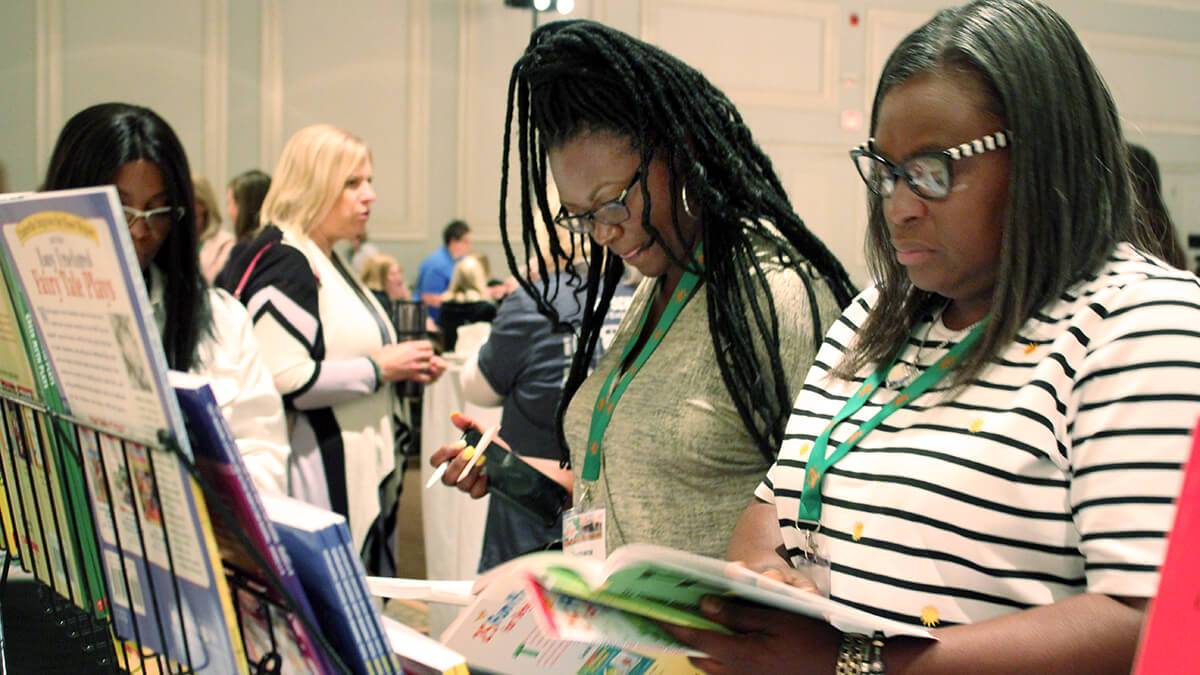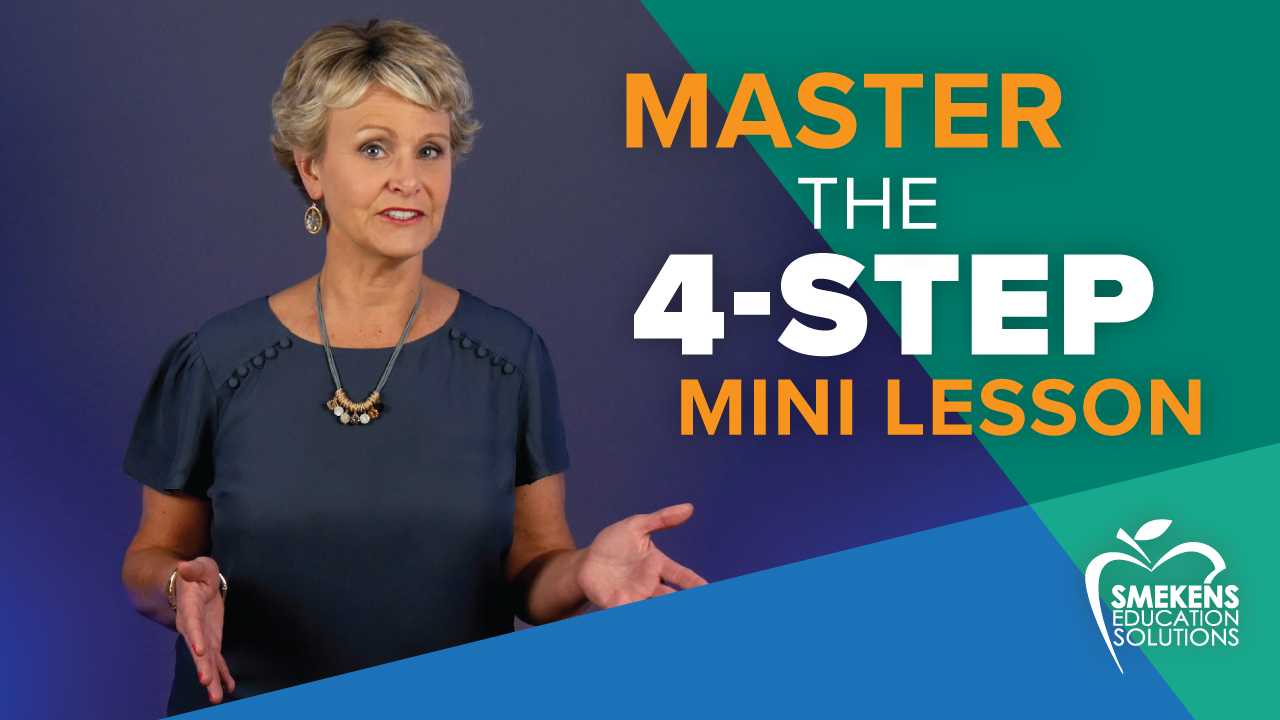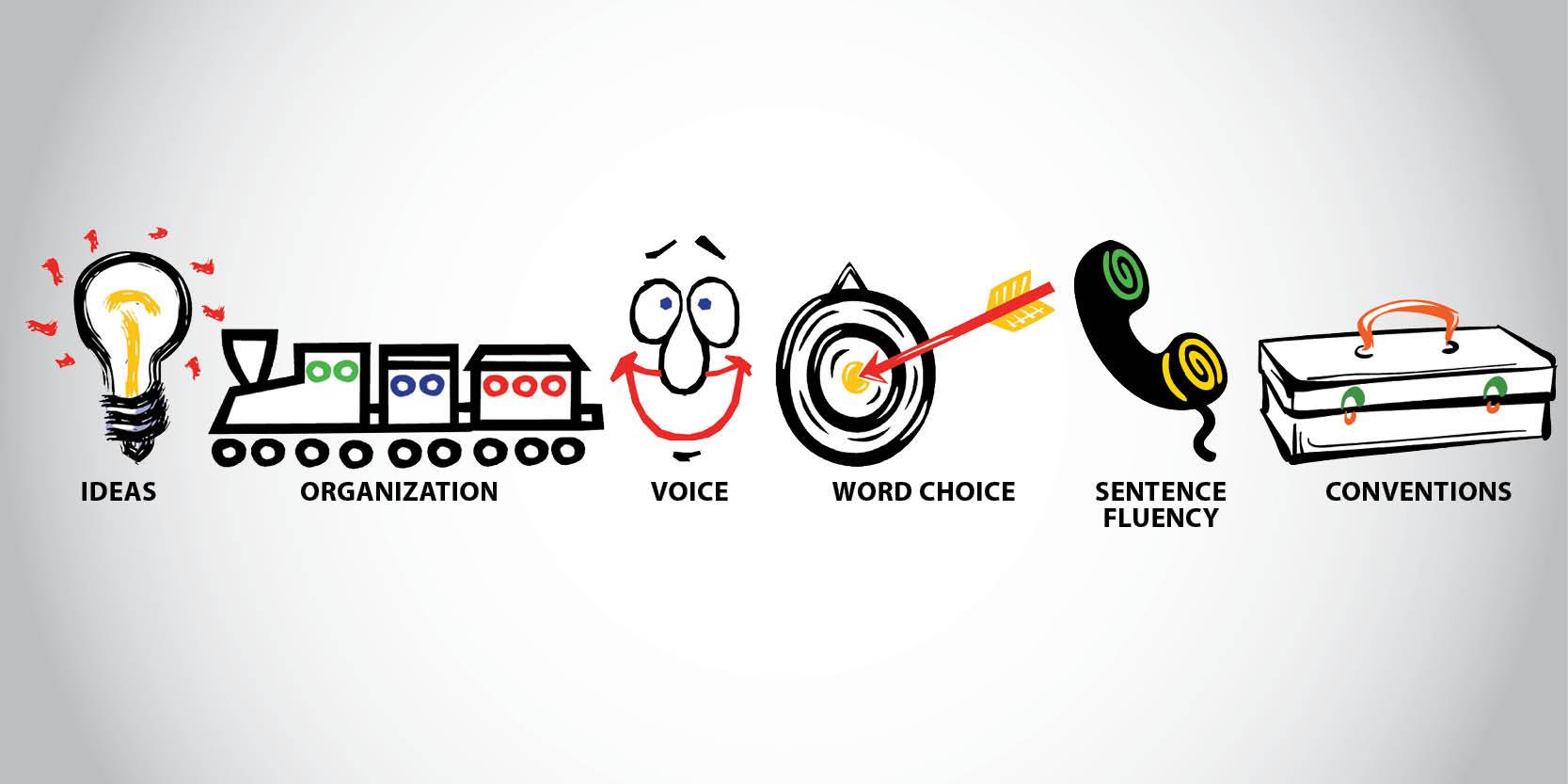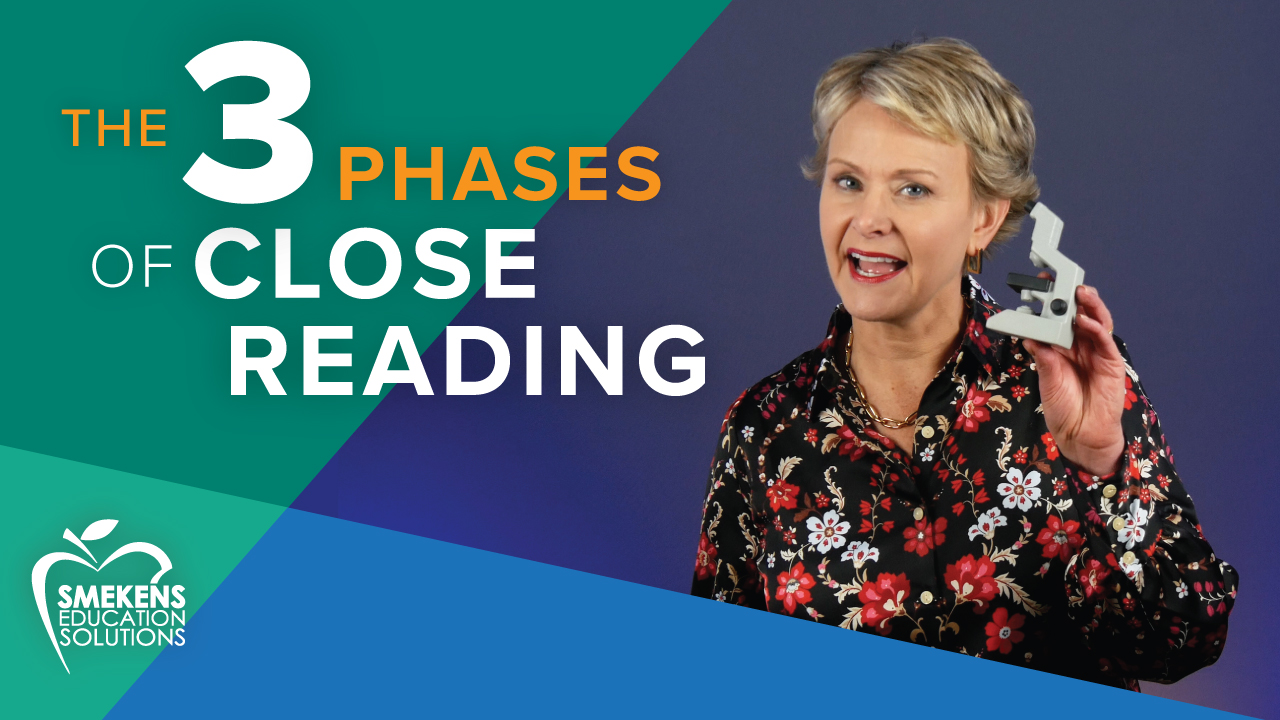25 professional development goals for teachers
Explore seven teacher PD focus areas with SMART goal examples that strengthen teaching practice and improve student success.
by Michelle Schweikhardt
What professional development goals can teachers set to strengthen their practice and improve student outcomes?
Teachers can strengthen their instructional practice and improve student outcomes by setting SMART professional development goals that target universal areas of growth—content knowledge, best practices, assessment, communication, technology integration, student relationships and equity, and leadership. Clear, specific goals drive meaningful professional learning and classroom impact.

S
etting SMART goals and creating professional development plans are familiar expectations for most educators each school year.
Yet, how many teachers set SMART goals and create professional development plans solely because they are required to rather than because of a burning desire to seek professional growth?
While teachers are committed to their students’ success, it’s easy to feel overwhelmed with the idea of developing and implementing an individual professional development plan. The prospect of creating such a plan can leave educators feeling defeated rather than inspired.
If this is the case, it’s only natural to question why educational leaders continue to require individual professional development plans. The answer is simple: Strategic professional development is a catalyst for growth and change in the classroom.
To reduce the negativity associated with professional development plans, start by setting the right goal. This may seem to be easier said than done, seeing that the vastness of the education field can make it hard to narrow down the options to an achievable goal. But, without a meaningful goal, teachers lose the incentive to grow professionally.
Simplifying the process of setting professional development goals for teachers starts with identifying universal areas where growth is both meaningful and manageable. Common focus areas include content knowledge, best practices, assessment, communication, technology integration, student relationships and equity, and leadership.
From there, each goal can be narrowed and shaped into a SMART goal—one that is specific, measurable, achievable, relevant, and time-bound.
The categories and teacher goal examples below offer a strong foundation for building clear and relevant teacher goals that support both professional growth and instructional impact.
🔍 Browse teacher goal categories
Professional development goal: Content Knowledge
How can teachers set professional development goals to deepen their understanding of the subjects they teach?
Teachers set effective content-knowledge goals when they identify the specific concepts, standards, or instructional frameworks they want to strengthen. These goals ensure students are learning from a teacher with a deep and accurate command of the subject.
In fact, content knowledge forms the foundation of education. Without a foundation of content knowledge, students cannot apply skills or engage in meaningful work.
When teachers set goals related to content knowledge, the focus is on improving their understanding of the content.
SMART goal examples for teachers
These professional development goals for teachers show actionable ways to deepen content knowledge in the subjects they teach.
1. Writing: I will learn the Six Traits of Writing framework so that I can identify and teach the writing skills that define each trait, demonstrating an understanding of 80% of the subskills by the end of the school year.
2. Reading: I will engage in research and learning opportunities within each of the pillars of the Science of Reading so that I am equipped with at least 5 grade-level, actionable strategies to help struggling readers by the end of the school year.
3. Content Areas: I will analyze state standards across content areas to develop integrated instruction that incorporates science and social studies content into reading and writing instruction so that 80% of the curriculum is integrated by the end of the school year.
Get a FREE reading or writing resource every week
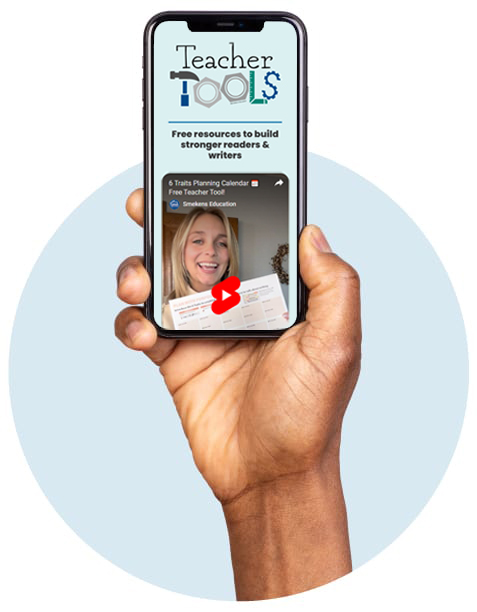
Sign up to receive weekly emails containing classroom-ready tools and resources. A new Teacher Tool is shared every Thursday during the school year.
Professional development goal: Best Practices
How can teachers set professional development goals to learn and apply instructional best practices?
We’ve all heard the phrase, “Don’t reinvent the wheel.” While it is important to be creative and innovative in teaching, it is also important to build on what we already know works. “Best practices” are existing research-based methods that have been proven effective and are widely accepted.
With the constant pressures in education, why create more work when teachers can tap into what past educators have been using successfully?
Best practices simply describe effective methods to plan, deliver, and reflect on instruction in order to facilitate student learning.
SMART goal examples for teachers
These professional development goals for teachers demonstrate how to implement research-based best practices to enhance instruction.
4. Pedagogical approaches: I will implement a collaborative learning approach into instruction so that students are collaborating at least 5 times daily by the end of the school year.
5. Student engagement: I will utilize intentional movement practices to facilitate learning so that 80% of students are actively engaged during instruction by the end of the school year.
6. Gradual release of responsibility: I will intentionally plan and deliver 4-step mini-lessons during instruction in order to demonstrate 80% mastery of this best practice by the end of the school year.
7. Differentiation: I will plan differentiated instruction into 80% of my lessons by the end of the school year in order to create a more personalized learning environment where students can learn at their developmentally-appropriate level.
8. Classroom culture: I will establish classroom protocols with my class and model classroom protocols for students daily to create a positive, supportive, and safe learning environment for students all year long.
9. Promote critical thinking: I will model and facilitate effective questioning and sharing techniques weekly to cultivate a well-rounded perspective on various topics for students by the end of the school year.
Professional development goal: Assessment
How can teachers set professional development goals to improve assessment practices and use data effectively?
Generally speaking, teachers and students often see assessment as a source of stress and frustration rather than a tool for improving teaching and learning. When teachers address the underlying causes of student stress and frustration, assessment can become a valuable tool.
Standardized tests are notoriously high-stress, but not all assessments are that way. When teachers use varied assessment methods and provide feedback, they model a growth mindset for students. As a result, students are better prepared for high-stakes assessments.
Setting a goal to improve assessment practices can change the tone of assessment for all.
SMART goal examples for teachers
These professional development goals for teachers provide practical ways to improve assessment methods and use data effectively.
10. Assessment tools: I will research and implement 5-10 universal formative assessment tools to measure student learning by the end of each quarter so that I have a comprehensive list of formative assessment strategies by the end of the school year.
11. Data: I will analyze formative data daily and summative assessment weekly to inform and differentiate instruction in one subject area (adding a consecutive subject) each quarter so that I am using data to drive 75% of my instruction by the end of the school year.
12. Feedback: I will research and establish an efficient method for providing feedback each quarter in order to offer students daily feedback in at least 3 subject areas by the end of the school year.
13. Assessment-feedback workflow: I will practice an effective assessment-feedback workflow by increasing the percentage of students who receive daily and actionable feedback to 90% by the end of the school year.
Educators who view professional development as an opportunity for learning, contribute to creating a positive impact on students and their success.
Professional development goal: Communication
How can teachers set professional development goals to strengthen communication with parents, students, and colleagues?
In today’s world, communication is at the tip of our fingers. However, with all of the other pressures put on teachers, the impact of building relationships in the education setting is sometimes overlooked. However, the parent-teacher relationship is vital to student success.
One of the first impressions teachers make is through their communication with parents at the beginning of the year. That sets the foundation for the entire year.
Building relationships through communication is equally significant for both students and colleagues.
SMART goal examples for teachers
These professional development goals for teachers outline strategies to strengthen communication with parents, students, and colleagues.
14. Parents: I will optimize parent-teacher communication and engagement by sending a weekly newsletter and communicating positive feedback to 2-5 parents weekly 80% of the school year to build a positive parent-teacher relationship.
15. Students: I will implement discussion protocols and provide opportunities for practice in class discussions by the end of the school year to increase the percentage of students who report feeling comfortable participating in discussions to 80%.
16. Colleagues: I will collaborate with colleagues to align instruction, interpret data, or discuss relevant topics through at least one weekly meeting throughout the year to create a supportive professional and student learning environment.
Professional development goal: Technology Integration
How can teachers set professional development goals to integrate technology purposefully in instruction?
Technology isn’t a replacement for effective teaching—it’s a tool that can strengthen instruction when used purposefully. Yet with the constant stream of new apps, tools, and platforms, it’s easy for technology use to become overwhelming or disconnected from instructional goals.
When technology is thoughtfully integrated, it can support student engagement, improve access to learning, and streamline assessment and feedback. These kinds of teacher goals don’t focus on using more technology but rather on using it more meaningfully to support student outcomes.
Teachers could set technology-related goals that improve planning, delivery, or personalization of instruction, such as:
SMART goal examples for teachers
These professional development goals for teachers highlight ways to integrate technology purposefully to support learning and engagement and to improve planning, delivery, and personalizion of instruction.
17. Digital instruction: I will incorporate one digital tool (such as Seesaw, Padlet, or FigJam) into weekly instruction across two subject areas by the end of the first semester to enhance collaboration and creativity.
18. AI & personalization: I will explore AI-supported tools and apply at least two adaptive learning strategies by the end of each quarter in order to personalize instruction for students with different academic needs.
19. Assessment tools: I will pilot one new tech-based formative assessment tool per semester and track student response rates to improve engagement and real-time feedback.
Professional development goal: Student Relationships & Equity
How can teachers set professional development goals to build stronger student relationships and promote equity?
Every student deserves to feel seen, valued, and supported in the classroom. Yet the fast pace of the school year can make it difficult to prioritize building relationships and creating an inclusive environment.
When teachers set goals related to relationships and equity, the focus shifts to connection, representation, and a sense of belonging. These teacher goals often involve culturally responsive practices that support both academic growth and emotional well-being—two elements that go hand in hand.
SMART goal examples for teachers
These professional development goals for teachers focus on fostering positive relationships and promoting equity and inclusion in the classroom.
20. Build belonging: I will greet each student individually at the door and hold monthly classroom meetings so that 90% of students report feeling seen and valued by midyear.
21. Equity in access: I will conduct an audit of classroom materials by the end of the first quarter to ensure representation and cultural relevance then replace or supplement resources in two subject areas to reflect student diversity.
22. Social-emotional learning: I will implement one evidence-based SEL strategy (such as mood check-ins, restorative circles, or goal-setting routines) each month and reflect on impact during team planning meetings.
Professional development goal: Leadership
How can teachers set professional development goals to grow as leaders within their school community?
Leadership may be one of those categories that causes teachers to feel unprepared or inexperienced. However, everyone has the potential to grow as a leader, regardless of their experience level.
Teachers who take on leadership roles contribute to creating and maintaining a positive learning environment. However, if the same teachers continually fulfill these roles, it can lead to burnout and missed opportunities for growth.
Leadership in the school can take on many different forms.
SMART goal examples for teachers
These professional development goals for teachers provide examples of ways to grow as a leader and contribute to schoolwide improvement.
23. Take on roles: I will assume a leadership position in one area of the school (or district) in order to help achieve the school’s (or district’s) common goals this school year.
24. Mentor: I will learn and practice 2-4 mentoring techniques per quarter in order to effectively support new teachers this school year.
25. Advocate for students: I will initiate contact with counselors and/or administrators to seek additional support and resources for students who are exhibiting signs of academic or behavioral difficulties and then follow up at the end of each quarter this school year to advocate for students.
Honoring district initiatives when setting SMART goals
How do SMART goals enhance teachers’ professional development?
Teachers who feel inspired yet limited by “mandated” or “suggested” goals can still find value in setting SMART goals.
When a district initiative guides goal setting, it is easy to be complacent and go through the motions. Rather than focusing on the mandate, consider the rationale and purpose of the initiative.
Does the district goal fall into one of the categories discussed (i.e., content knowledge, best practices, assessment, communication, technology integration, student relationships and equity, or leadership)? Try viewing the initiative through a different lens and set your personal goal in a category where you could grow.
For example, School districts nationwide are implementing the Science of Reading as a learning initiative. Therefore, you may be required to target your professional development plan around this topic.
Maybe you’re familiar with the content and research regarding the five pillars of reading, but you’re struggling to find strategies for the phonological awareness pillar. You could set a goal to learn a best practice on teaching students phoneme-grapheme mapping.
By doing this, you are sticking with the district initiative while learning a teaching strategy to improve your own instruction.

An entire year of writing PD
Eleven 20-minute episodes—
perfectly suited for PLC meetings.
Setting SMART goals for teachers professional development
With these professional development goals for teachers examples, it is essential to keep the criteria of a SMART goal in mind when creating your own.
A SMART goal is a specific, measurable, achievable, relevant, and time-bound goal.
SMART goals are more achievable because they help teachers:
- Stay focused and motivated.
- Track progress.
- Elicit feedback.
The benefit of a SMART goal is that it helps you create realistic plans to achieve your desired outcomes.
With that said, following a systematic process when goal setting can help ensure that teachers professional development goals are focused. This is where a simple keyword list or goal generator may be helpful.
The impact of professional development on teacher growth and student success
Educators who view professional development as an opportunity for learning, contribute to creating a positive impact on students and their success.
When teachers take the opportunity to learn new skills and strategies, professional development can help them become more effective in the classroom.
Whether focused on pedagogy, leadership, or personal growth, setting intentional teacher goals—and making a sustained effort to follow through—is one of the most powerful ways to elevate impact—both for students and for oneself.
How do your SMART goals measure up this year?
Frequently asked questions
What’s an effective way to make professional growth feel more purposeful instead of overwhelming?
Make professional growth feel personal and purposeful by setting SMART professional development goals—specific, measurable, achievable, relevant, and time-bound. This helps transform teacher professional development from a compliance task into a focused, motivating experience.
How can educators identify where to focus their professional growth?
To focus your PD plan, start by pinpointing universal areas where growth is both meaningful and manageable—such as content knowledge, best practices, assessment, communication, technology integration, student relationships & equity, and leadership —then narrow each into a SMART professional development goal.
What’s one way to strengthen instructional delivery without creating extra work?
Strengthen your instructional delivery by incorporating best practices such as collaborative learning or differentiated instruction—approaches that are already proven effective and make professional development goals for teachers more impactful.
What’s the ultimate impact of setting intentional professional development goals?
When professional development goals for teachers are strategic and purposeful, they become a fun activity for growth—fueling teacher motivation and improving student outcomes across the classroom.
Resources to help you reach your goals—with Smekens Education
Set your personalized PD goals and implement best-practice plans with the support you need from Smekens Education. Access hundreds of free lesson ideas and more at the click of a mouse.
Whether you’re teaching comprehension strategies or writing skills, the same 4-step architecture is the gold standard for planning and delivering whole-class instruction.
Spend time describing what “good” writing includes. Then you can curb the number of times you hear Is this good? Am I done? Is this what you want?? from your students.
Close reading is a valuable tool for understanding any type of text. But, it is essential when a reader is trying to grasp the meanings of new words and unfamiliar ideas in a complex text.
Professional Development Services
TEACHER TRAINING
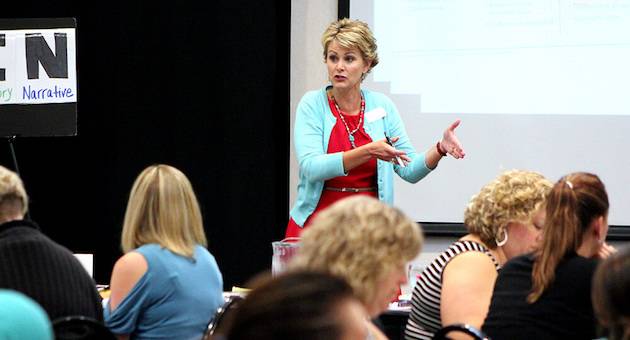
CUSTOMIZED CONSULTING

BOOKS & RESOURCES
